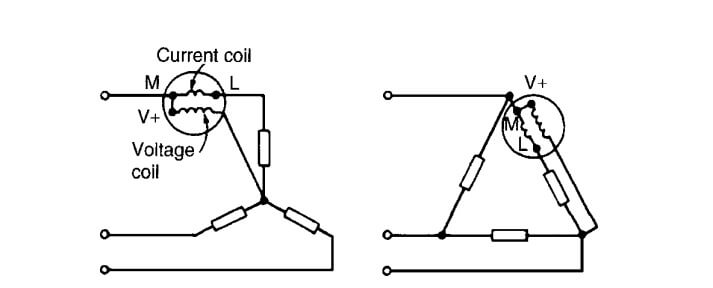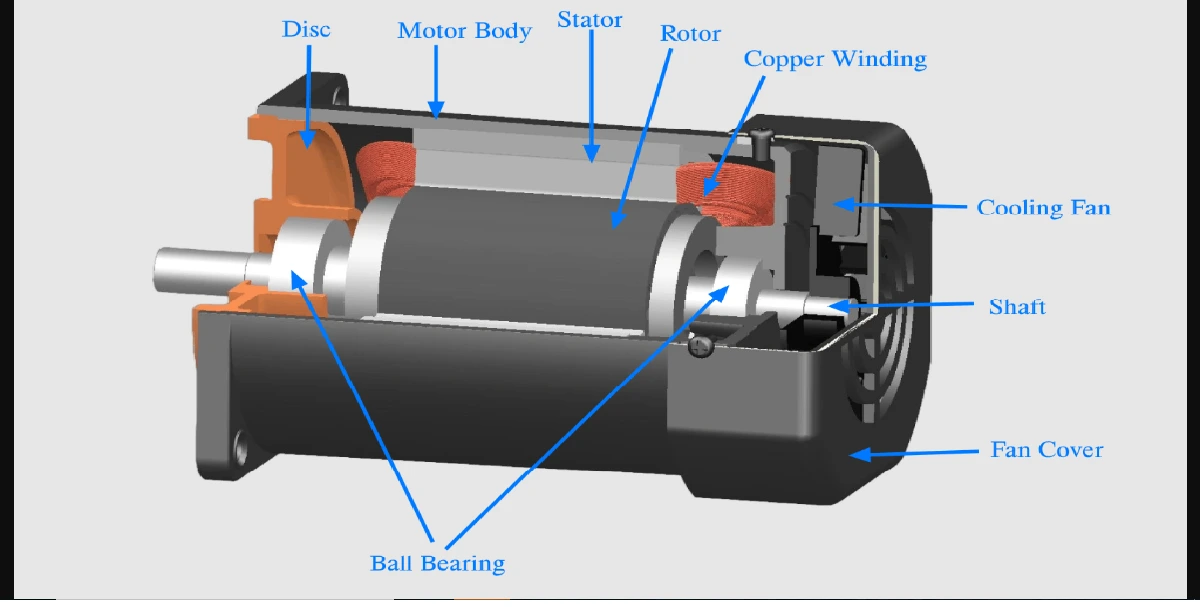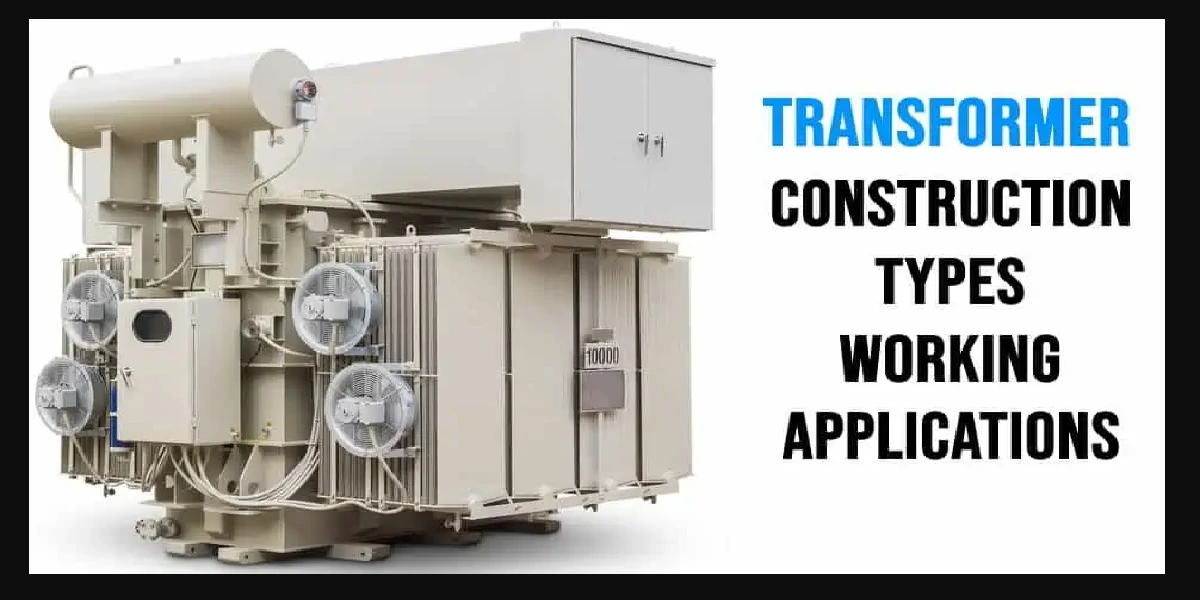Power in three-phase loads may be measured by the following methods :
One-wattmeter method for a balanced load
Wattmeter connections for both star and delta are shown in Fig.

Total Power = 3 × wattmeter reading
Two-wattmeter method for balanced or unbalanced load
A connection diagram for this method is shown in Fig for a star-connected load. Similar connections are made for a delta-connected load.
Total power = sum of wattmeter readings
= P1+ P2

The power factor may be determined from:
![]()
It is possible, depending on the load power factor, for one wattmeter to have to be ‘reversed’ to obtain a reading. In this case it is taken as a negative reading.
Three-wattmeter method for a three-phase, 4- wire system for balanced and unbalanced loads
Total power = P1 + P2 + P3

Advantages of three-phase systems
Advantages of three-phase systems over single-phase supplies include:
For a given amount of power transmitted through a system, the three-phase system requires conductors with a smaller cross-sectional area. This means a saving of copper (or aluminium) and thus the original installation costs are less.
Three-phase motors are very robust, relatively cheap, generally smaller, have self-starting properties, provide a steadier output and require little maintenance compared with single-phase motors.
| Read More Topics |
| Transformer losses and efficiency |
| What is digital to analogue (D/A) conversion |
| Introduction to operational amplifiers |





